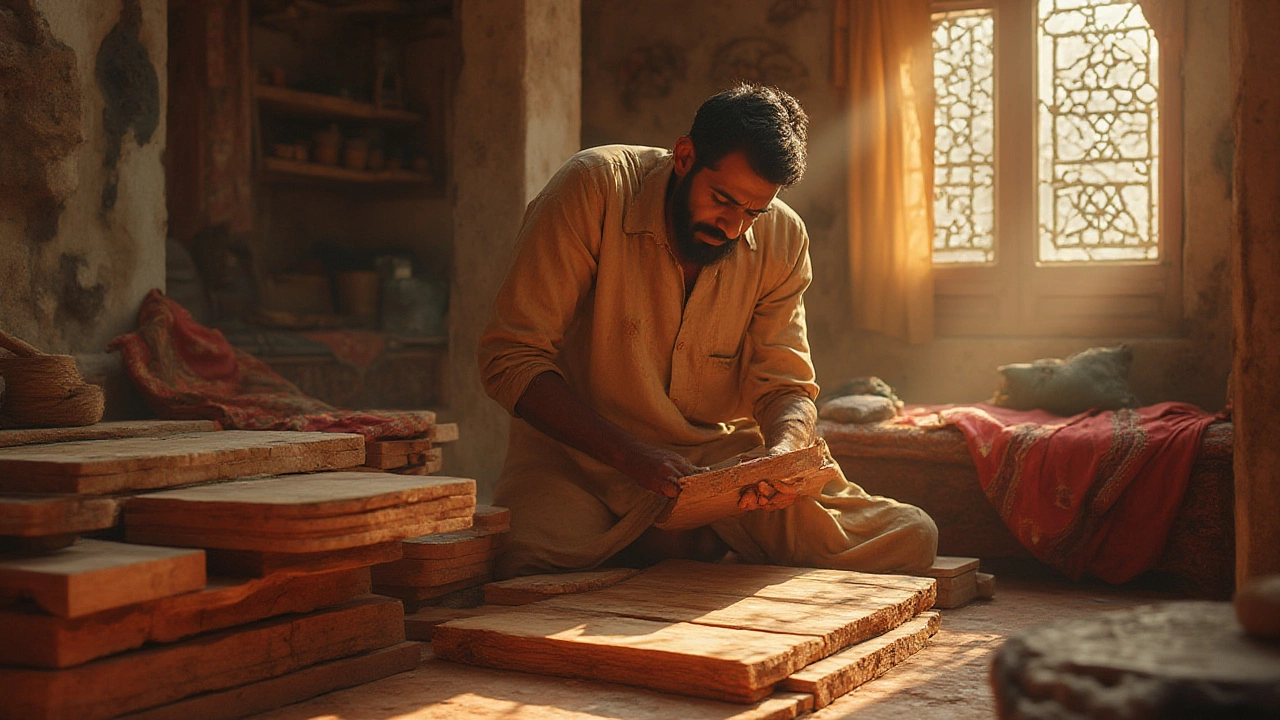Coffee Table Wood Thickness: What You Need to Know
When you shop for a coffee table, the wood thickness is one of the first things you should check. A thicker board feels solid, resists wobbling, and lasts longer. Too thin, and the table might sag under a stack of books or a coffee mug. Let’s break down why thickness matters and how to choose the right amount for your home.
Why Thickness Matters
Think of a coffee table like a bridge. The deeper the beams, the more weight they can hold. A 1‑inch thick tabletop is fine for light decor, but a 1.5‑inch or 2‑inch board can handle daily traffic, kids, and pets without creaking. Thicker wood also looks more substantial, which can balance a big sofa or a low‑profile sectional.
Besides strength, thickness influences the table’s style. A slim ¾‑inch top gives a modern, airy vibe, while a 2‑inch slab feels rustic or industrial. Your design taste and the room’s scale will guide the look you want.
Choosing the Right Thickness for Your Home
Start by measuring the height of your seating. If your sofa seat is 18‑20 inches, a coffee table around 16‑18 inches tall feels comfortable. Now add the tabletop thickness to the leg height. For example, 14‑inch legs plus a 1.5‑inch top equals a 15.5‑inch table—right in the sweet spot.
Consider the material too. Hardwood like oak or walnut can be strong at 1‑inch, while softer woods such as pine may need 1.5‑inch to stay sturdy. If you plan to use a glass top, the wood frame can be thinner because the glass bears most of the load.
Budget plays a role. Thicker slabs cost more because they use more material and require extra labor. However, the added durability often saves money over time. A table that stays level for ten years beats a cheap thin table that needs replacement after a couple of seasons.
Look for quality construction. A solid wood top with dovetail or mortise‑and‑tenon joints signals good craftsmanship. Avoid particle board or veneer that pretends to be thick but bends under weight.
Take the room’s traffic into account. High‑traffic living rooms with kids or pets benefit from a 1.5‑inch or thicker top. It’s less likely to dent, scratch, or warp. If the space is formal and used sparingly, a slimmer 1‑inch board can work and keep the look light.
Finally, test the table in person if you can. Sit a few books or a laptop on the surface and give it a gentle push. If it feels rock solid, the thickness is right for you.
Choosing the right coffee table wood thickness isn’t rocket science—just a mix of function, style, and budget. By checking the measurements, material, and construction, you’ll pick a table that looks great and stands up to everyday life.
How Thick Should Wood Be for a Coffee Table? Expert Tips and Best Practices
Wondering how thick your coffee table wood should be? This guide covers ideal wood thickness, design, durability tips, and expert advice for building the perfect coffee table.





